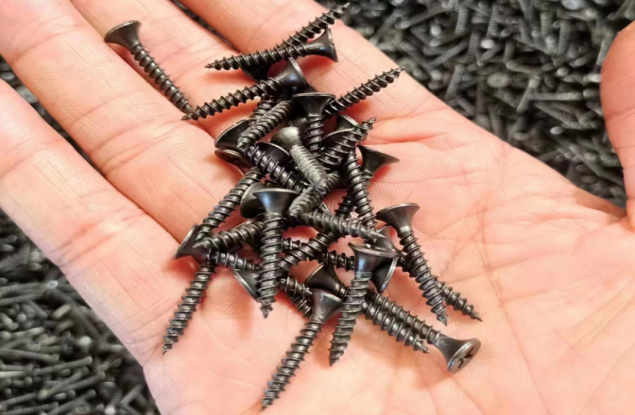famous drywall screw size chart
Understanding the Famous Drywall Screw Size Chart A Comprehensive Guide
When it comes to drywall installation, knowing the right size of screws to use is crucial for achieving a professional finish and ensuring the stability of your project. The famous drywall screw size chart serves as an essential tool for contractors, DIY enthusiasts, and anyone involved in the construction industry. This article aims to provide a detailed understanding of the various sizes and types of drywall screws, their uses, and how to choose the right one for your project.
What Are Drywall Screws?
Drywall screws are specialized fasteners designed specifically for securing drywall panels to wooden or metal studs. They have a sharp point for easy penetration and threads that extend along the shank, allowing for a secure grip in drywall and framing materials. Typically made from steel, these screws are coated with materials like phosphate or zinc to enhance their corrosion resistance.
Common Sizes of Drywall Screws
Drywall screws are available in various lengths and gauges. The most commonly used sizes are
1. 1 inch (25mm) Typically used for attaching thin drywall panels to wooden furring strips. 2. 1.25 inches (32mm) Commonly used for 1/2-inch thick drywall attached to wood studs. 3. 1.5 inches (38mm) Ideal for 1/2-inch thick drywall installed on metal studs or thicker wood. 4. 2 inches (51mm) Used for 5/8-inch thick drywall when additional strength is required, especially in ceilings. 5. 2.5 inches (64mm) Often used for thicker drywall or when greater holding power is necessary.
Choosing the Right Screw Size
Choosing the appropriate drywall screw size is essential to ensure proper installation and durability
. Here are some guidelines to help you decidefamous drywall screw size chart

- Thickness of the Drywall The standard thickness for drywall is either 1/2 inch or 5/8 inch. For 1/2-inch drywall, a 1.25-inch screw is typically sufficient, while 5/8-inch drywall often requires a 1.5-inch screw. - Type of Stud If you are attaching drywall to metal studs, be sure to check the compatibility of your screws. Metal studs may require self-tapping screws, which are designed to cut through metal without pre-drilling.
- Location of Installation For ceilings or high-stress areas, it may be beneficial to use a longer screw to ensure a secure hold.
Additional Considerations
When working with drywall screws, consider the following factors
- Coating Look for screws with a corrosion-resistant coating, especially in areas prone to moisture, such as bathrooms or kitchens. - Thread Design Coarse-thread screws are suitable for drywall attached to wood, while fine-thread screws are more effective when connecting to metal studs.
- Driver Type Most drywall screws are designed to be driven using a Phillips head screwdriver, but be sure to match your screw type with the appropriate tool to avoid stripping.
Conclusion
Understanding the famous drywall screw size chart is essential for anyone involved in drywall installation. By familiarizing yourself with the various sizes, their optimal uses, and the factors influencing your selection, you are better equipped to tackle any drywall project with confidence. Whether you're a seasoned contractor or a budding DIYer, choosing the right drywall screw can make a significant difference in the quality and durability of your work. Always ensure that you have the right screws on hand and refer to the size chart for guidance. Your project deserves the best foundation, starting from the very first screw!
-
Top Choices for Plasterboard FixingNewsDec.26,2024
-
The Versatility of Specialty WashersNewsDec.26,2024
-
Secure Your ProjectsNewsDec.26,2024
-
Essential Screws for Chipboard Flooring ProjectsNewsDec.26,2024
-
Choosing the Right Drywall ScrewsNewsDec.26,2024
-
Black Phosphate Screws for Superior PerformanceNewsDec.26,2024
-
The Versatile Choice of Nylon Flat Washers for Your NeedsNewsDec.18,2024










